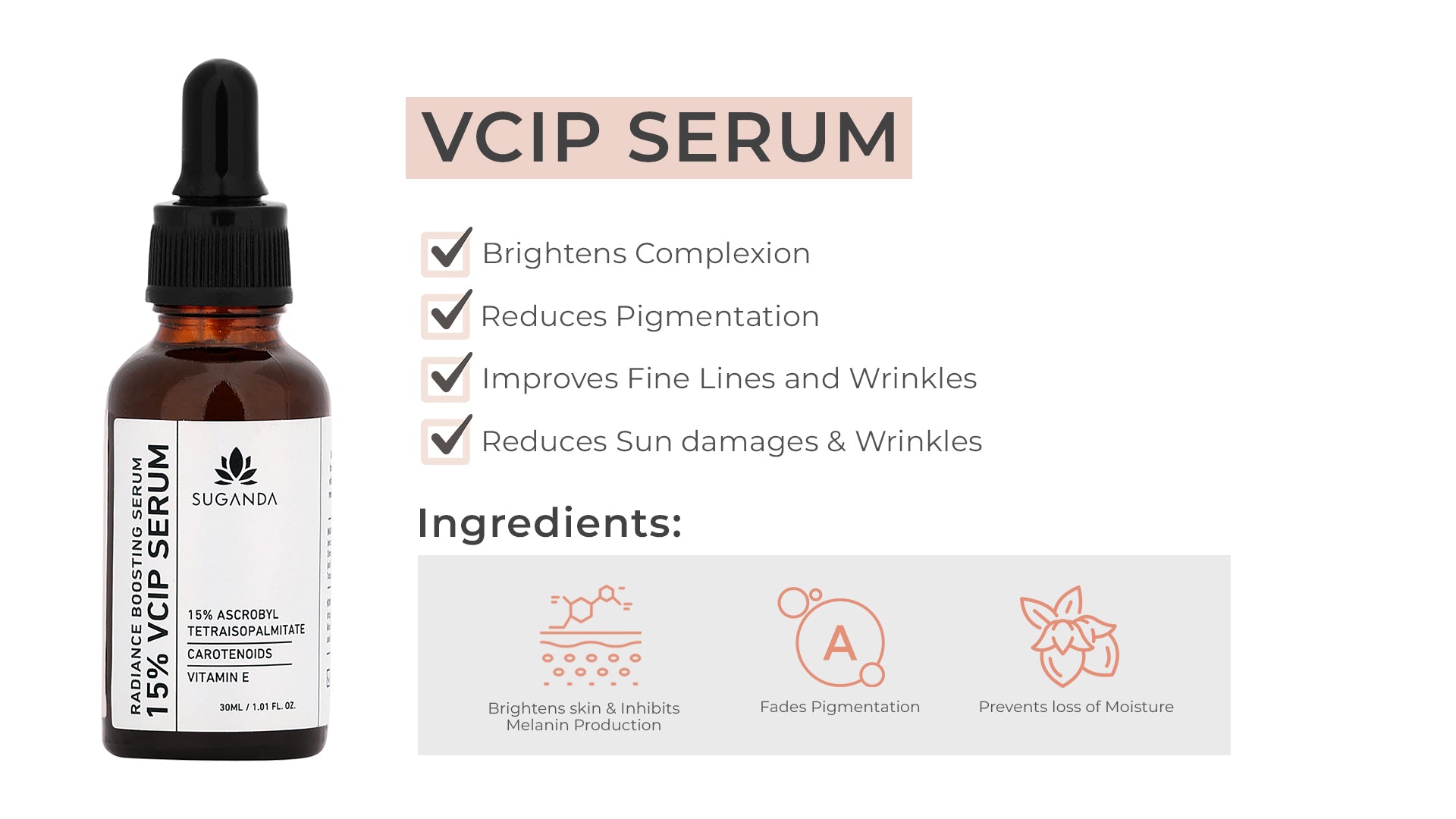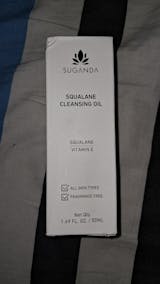Vitamin C is also known as ascorbic acid or ascorbate. Surprisingly, it is one of the most talked-about skincare ingredients and one of the most researched vitamins in the last 50 years. Furthermore, considering its benefits, over 65,000 studies have been done on this ingredient to find the benefits and associated uses.
Vitamin C is one of the most popular and most effective skincare ingredients. It is proven to deliver amazing results in fading dark spots and combat other signs of aging. Furthermore, vitamin C is considered the powerhouse of antioxidants, which reverses the photo-damage signs. Owing to its benefits, adding vitamin C to your daily skincare regime is highly recommended.
Vitamin C is extracted and formulated in different forms. Different products like moisturizers, serums, lotion, sunscreens, etc., are not created equal, making it important to know the different forms of this ingredient. According to a board-certified dermatologist, Vitamin C is one of the rare skincare ingredients proven to work wonders for treating hyperpigmentation and wrinkles. It is capable of neutralizing free radicals that damage your skin.
Different types of vitamin C
Let’s take a closer look at the different types of vitamin C ingredients, which could do wonders for your skin.
L-ascorbic acid
LAA or L-ascorbic acid is a water-soluble form of vitamin C that is found in your body naturally. Experts claim it is one of the most effective and well-research forms of vitamin C. But at the same time, the quantities found in different bodies are unstable, making it hard to stabilize.
However, when LAA is formulated correctly, it becomes one of the best agents to treat hyperpigmentation, wrinkles, and scars due to its amazing antioxidant properties. Besides, it also stimulates collagen production, making your skin look plumper.
Uses
- Helps fade dark spots and sun spots.
- Prevents early signs of aging.
- Makes you look youthful.
Ascorbyl-6-palmitate
This type of vitamin C is fat-soluble and typically found in oil-based or silicone-based skin care products. Ascorbyl-6-palmitate is an antioxidant like any other derivative of vitamin C, but it is less popular because of its unstability. Also, it usually doesn’t convert to LAA in the skin, which is an expected reaction. Hence, it doesn’t deliver the required results for treating wrinkles or hyperpigmentation.
Uses
- Used in lightweight serums to hydrate the skin.
Magnesium ascorbyl phosphate
Magnesium ascorbyl phosphate is also known as MAP and is popular for its water-soluble nature. Furthermore, this derivative of vitamin C is more stable in formulations. MAP is largely known for its skin brightening abilities and its workable effects while reducing wrinkles. However, experts believe it isn’t as good an antioxidant as other types of vitamin C
Uses
- Helps makes your skin look brighter and tighter.
3-0-ethylated ascorbic acid
3-0-ethylated ascorbic acid is different from all other counterparts because this form of vitamin C is soluble and stable in both oil and water. Experts claim that this versatile vitamin C derivative is a powerhouse of antioxidants and can also deliver anti-inflammatory and skin-brightening properties.
Uses
- You can use it to fade dark spots and pigmentation
- It also helps calm down inflammation caused due to acne
Sodium ascorbyl phosphate
SAP or sodium ascorbyl phosphate is yet another water-soluble derivative of vitamin C. It is much more stable in formulations. Experts say this variant's antioxidant properties are more powerful than MAP, and it can potentially fade pigmentation. Furthermore, some studies reveal that SAP can help combat acne issues, making your face look clearer.
Uses
- It helps clear acne.
- You can use it to fade dark spots.
Tetrahexyldecyl Ascorbate
Tetrahexyldecyl ascorbate has gained a lot of popularity off lately. This derivative of vitamin C is oil-soluble, stable, and has a great ability to penetrate the skin. People claim this ingredient works best in wrinkle reduction and fading dark spots.
Uses
- Helps fade hyperpigmentation
- Helps prevent early signs of aging
Calcium Ascorbate
Calcium ascorbate, or CAAS, is a mineral salt of ascorbic acid. It is also referred to as Ester C. This vitamin C derivative is 10% calcium by mass and helps promote collagen production. Hence, it proves great results in fighting the signs of aging.
Uses
- Helps even out your complexion.
- Makes your skin plumper.
- Fights different signs of aging.
Ascorbyl Glucoside
Ascorbyl glucoside or AG is another derivative known for its stable formula. It delivers multiple promising benefits in most in-vitro studies only, making it hard to know the real benefit of this ingredient.







 +91 9347578980
+91 9347578980

